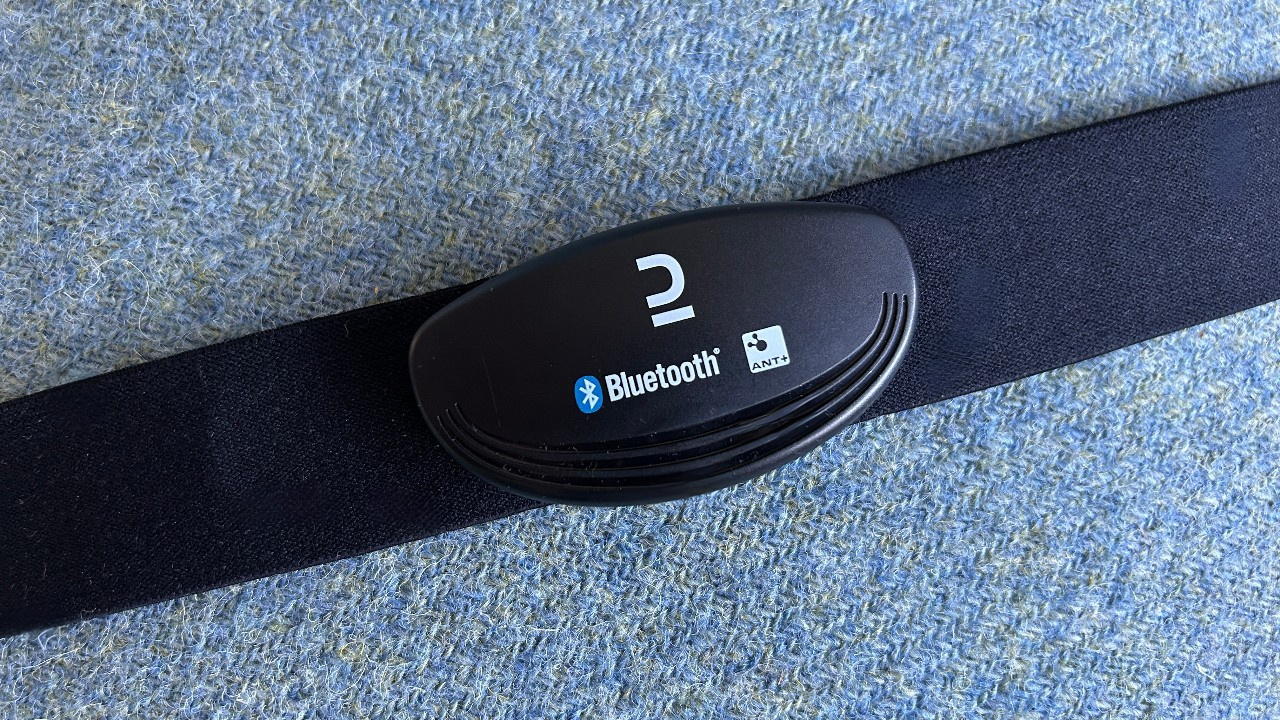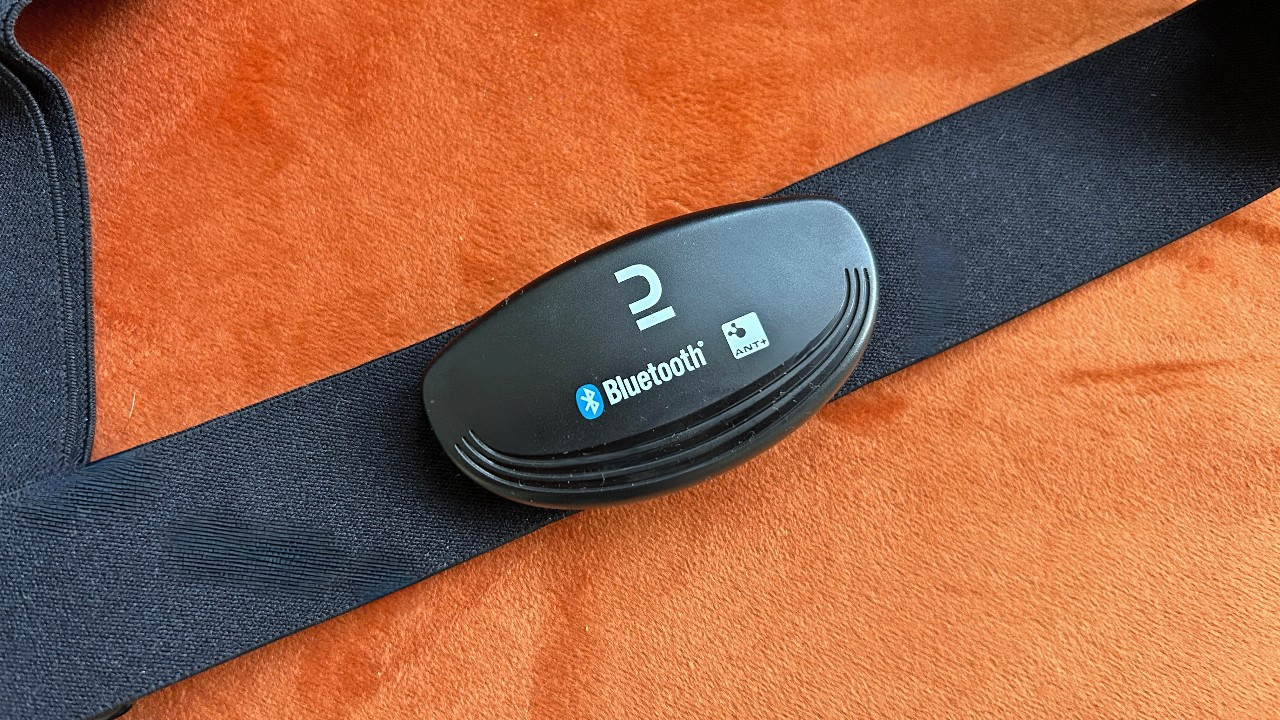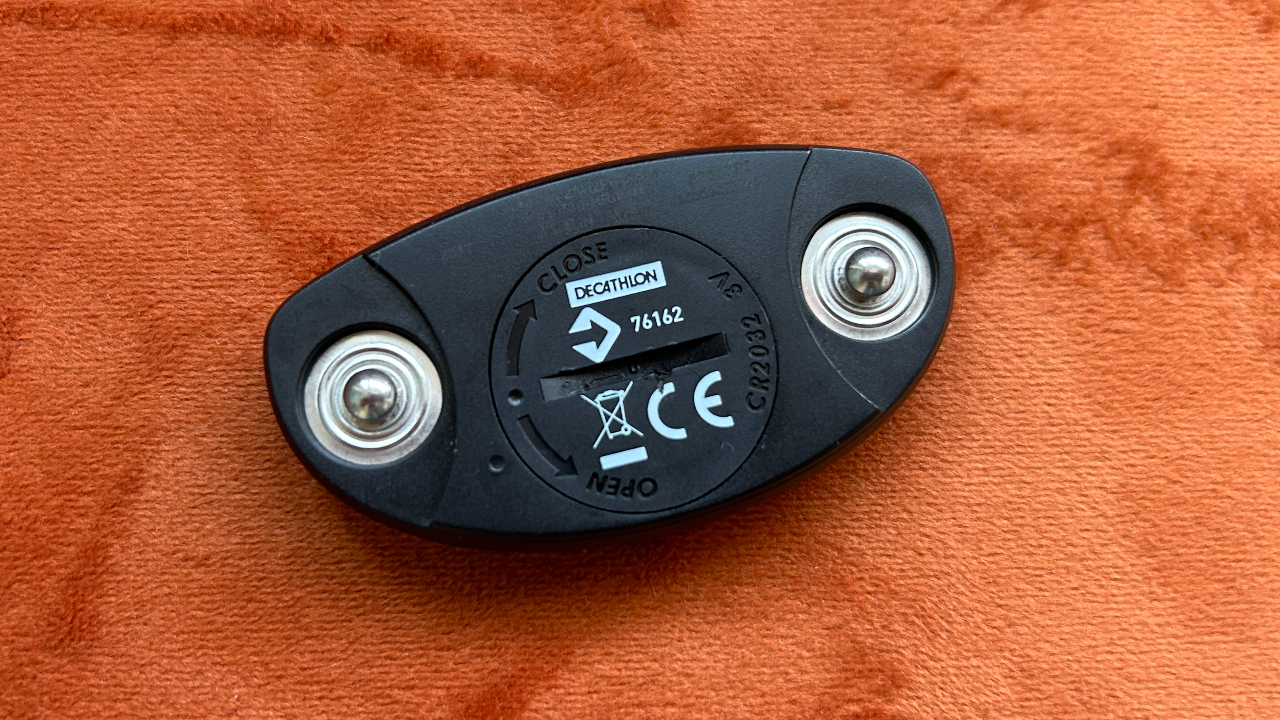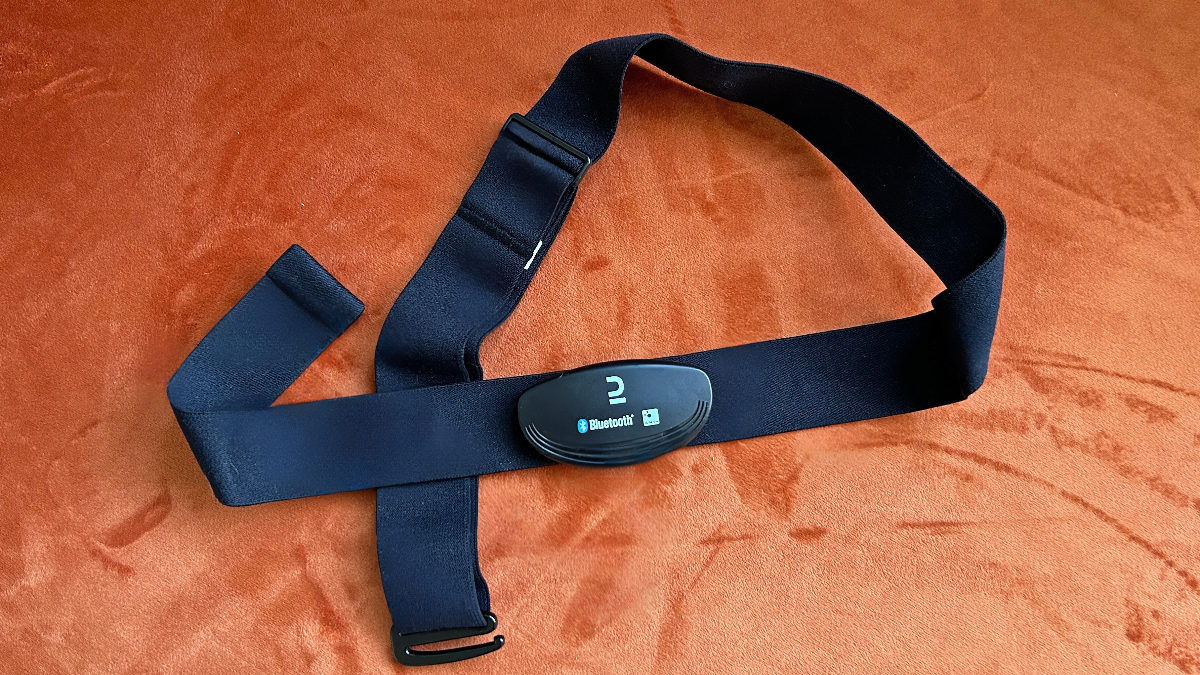Our Verdict
If you want a cheap heart rate monitor that connects via Bluetooth and ANT+ the Kalenji Dual HRM from Decathlon does the job. However, during testing it didn’t prove as accurate as more expensive monitors, like the Polar H10.
For
- Great value
- Bluetooth and ANT+ connectivity
Against
- Not as accurate as others
- Not as comfortable as others
- No swim tracking
You can trust Coach
The best heart rate monitors don’t need to be expensive and, at first glance, I thought this might be the case for the Kalenji Dual HRM from Decathlon. It’s a mainly accurate tracker that costs significantly less than the top chest straps, such as the Polar H10 and Garmin HRM-Pro Plus.
However, in my testing I found the Kalenji HRM delivered more errors than other chest straps. It also lacks features available on pricier picks, like swim tracking and a rechargeable battery. I think it’s worth paying extra for a more reliable experience: The best cheap heart rate monitor I’ve tested so far is the Coospo H9Z, which is only a little more expensive than the Kalenji.
Kalenji Dual HRM: Price And Availability
The Kalenji Dual HRM has been available for several years and costs £34.99 in the UK. It is not currently available on Decathlon’s US website, but costs CA$55 in Canada.
How I Tested This Heart Rate Monitor

I used the Kalenji Dual to track a variety of runs over a three-week period, including hard sessions on a treadmill and outside, as well as an indoor strength workout. For the most part, I wore it at the same time as a Polar H10 HRM to compare the results, wearing both around my chest. I also wore the Kalenji Dual by itself for a few runs.
Design
The Kalenji Dual has a stretchy fabric belt with a sensor strip on the inside that you moisten before wearing. There is a plastic pod that clips into the front of the belt, powered by a CR2032 battery (included) that needs replacing when it runs out, as opposed to the rechargeable batteries that are becoming more common on chest straps.
You can adjust the length and there is a hook clasp to secure the belt around your chest. I found the belt stayed in place well during long, sweaty activities, though it’s more scratchy and noticeable than other belts such as the Polar H9 and H10. The Kalenji Dual connects to external devices via ANT+ and Bluetooth 4.0 and I was able to link it up easily with three different watches, an iPad and my phone at various points during my testing.
There is no internal memory on the Kalenji Dual so it can’t record workouts; it just broadcasts your heart rate to external devices and apps. It has a 1ATM water-resistance rating, so it’s waterproof to depths of 10m. It isn’t suitable for swimming because it’s unable to store any data tracked in the water to send to a watch later.
Sports Performance

Almost all fitness trackers and sports watches now have a built-in optical heart rate monitor, so the only reason to use a chest strap is because they are more accurate than optical sensors, or because you don’t use a watch or tracker.
With that in mind, I have a high standard for the accuracy of chest straps. They need to be right 99% of the time to be worthwhile, in my opinion, since they are an extra cost and can be annoying to use. The Kalenji Dual heart rate monitor was spot-on in its tracking most of the time, matching a Polar H10 chest strap beat for beat in most workouts. However, “most” is the key word because I had some problems with it.
One problem was connectivity. When I linked it to Zwift on an iPad the connection didn’t seem stable and my heart rate readings on screen leapt about, even though the Dual was sending more accurate data to my watch. The bigger problem was significant accuracy errors. During one track workout in particular the Kalenji Dual dropped out entirely during a rep, and in the next rep it was jumping up and down incorrectly. It also spiked incorrectly in the first kilometer of the workout, when I was warming up.
I’ve seen other spikes in runs too. While it was mostly accurate, and was perfect during an indoor intervals session, I’d be less willing to rely on the Kalenji Dual than other chest straps when doing training based on heart rate.
Battery Life

Decathlon doesn’t list the battery life of the Kalenji Dual, but since it uses a replaceable coin battery I’d expect it to last for several months without needing replacing. To save battery life, it’s best to take the sensor out of the belt after use.
In general, coin batteries last much longer than rechargeable ones, though they are more of a pain to change once they run out—though that might be because I never seem to have a CR2032 battery handy when I need one.
Is The Kalenji Dual HRM Worth It?
The Kalenji Dual is the cheapest heart rate monitor I’ve tested and it delivers value as a mostly accurate chest strap that connects easily to a range of devices. However, for me, “mostly accurate” doesn’t cut it, especially when you can get a more accurate chest strap monitor like the Coospo H9Z for just a little more.
And that’s if you just want a no-frills heart rate monitor for activities on land. If you need support for swimming or fancy extra features, like on-board storage for workouts and running technique stats, then the Polar H10 and Garmin HRM-Pro Plus are the best monitors.

Nick Harris-Fry is a journalist who has been covering health and fitness since 2015. Nick is an avid runner, covering 70-110km a week, which gives him ample opportunity to test a wide range of running shoes and running gear. He is also the chief tester for fitness trackers and running watches, treadmills and exercise bikes, and workout headphones.

